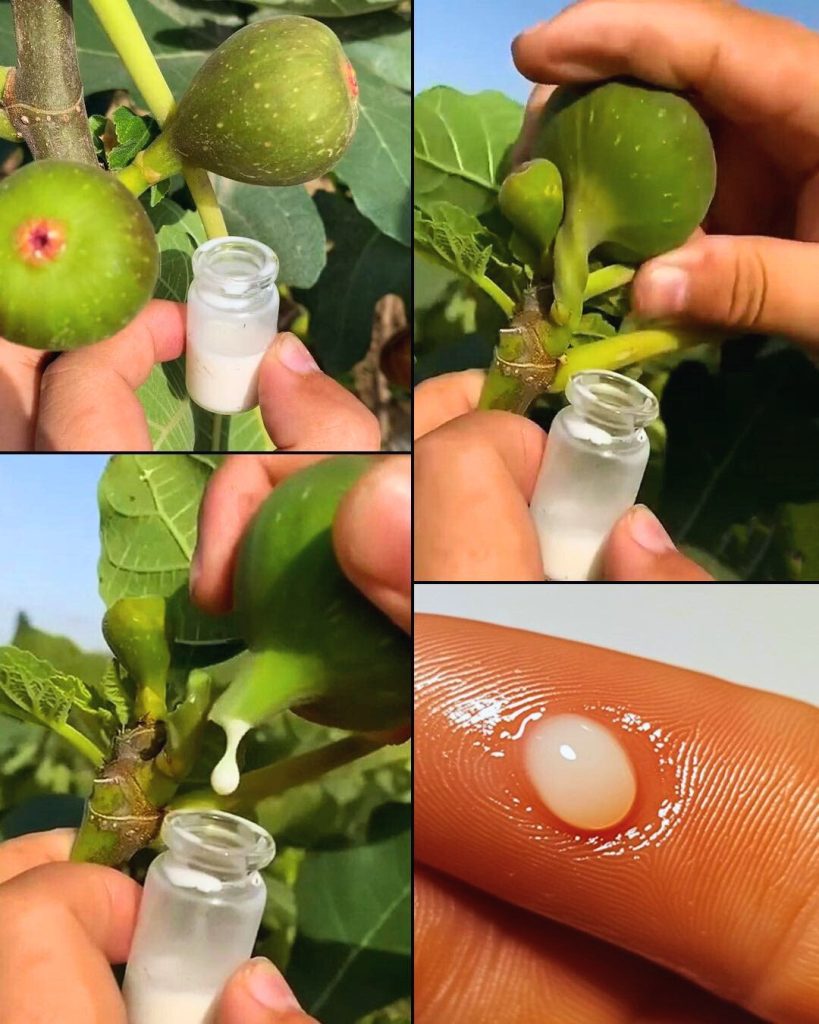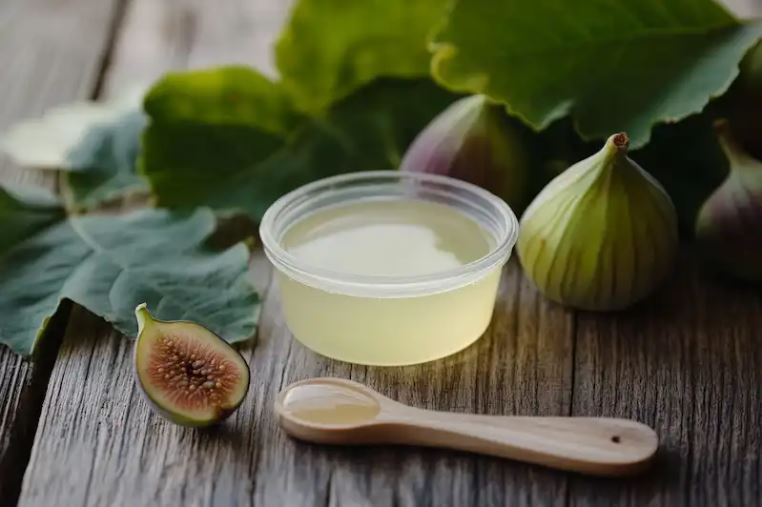
Fig sap, the milky latex derived from fig trees (Ficus species), has long been used in various traditional practices across cultures. While fig fruits are widely consumed and studied, the sap has received less attention. However, it contains natural enzymes and compounds that may offer some health-related benefits when used cautiously and externally.
This article explores what is currently known about fig sap, its traditional uses, and safety tips to help you decide whether it’s worth adding to your natural wellness toolkit.
Potential Benefits of Fig Sap

1. Wart Removal (Traditional Use)
In some cultures, fig sap has been used topically to treat warts. It contains enzymes like ficin that may help break down the keratin in wart tissue. However, scientific support is limited and results can vary.
2. Mild Antimicrobial Effects
Preliminary lab studies suggest that fig latex might have mild antibacterial and antifungal activity. This could explain its historical use for minor skin conditions, though clinical trials are lacking.
3. Anti-Inflammatory Properties
When applied topically, fig sap may help reduce localized inflammation and discomfort in muscles or joints. This is based on anecdotal use and some enzyme-related mechanisms, but more research is needed.
4. Skin Health Support
Fig sap may promote skin cell turnover and aid the healing of minor abrasions or blemishes. However, it should always be used with caution due to its irritating nature.
Caution: Misleading or Unverified Claims to Avoid

Claims that fig sap:
- Treats or cures viral infections
- Boosts immunity
- Regulates blood sugar
- Heals chronic conditions like eczema, psoriasis, or bronchitis
- Improves hair health or reduces dandruff
- Functions as a natural painkiller or digestive supplement when consumed
are not supported by scientific evidence and should not be promoted without proper disclaimers.
How to Use Fig Sap Safely (External Use Only)
1. Wart Spot Treatment
- Apply a small amount of fresh fig sap directly on the wart.
- Avoid contact with surrounding healthy skin.
- Rinse after a few minutes and discontinue if irritation occurs.
2. Acne Spot Application

- Some people apply diluted fig sap on acne spots for its possible antimicrobial effects.
- Use only after a patch test, and wash off thoroughly.
3. Joint Massage (Diluted Form)
- Mix a drop of fig sap with a carrier oil (like coconut oil).
- Gently massage into areas of discomfort to soothe mild inflammation.
Do not ingest fig sap. Internal use is not recommended and may cause irritation or adverse effects.
Safety Guidelines
- Always patch test on a small area of skin before wider use.
- Do not apply on broken, sensitive, or irritated skin.
- Avoid contact with eyes and mucous membranes.
- Consult a healthcare provider before use, especially if you are pregnant, nursing, or have any underlying health condition.
Conclusion
Fig sap holds a place in traditional remedies, particularly for skin applications like wart removal and inflammation relief. While its enzymes and plant compounds show promise, there is not enough scientific evidence to support many of the more dramatic health claims often found online.
Use fig sap only externally, and with caution. If you’re considering using it as part of your natural care routine, it’s best to speak to a medical professional first.
Disclaimer
This content is for educational purposes only and is not intended to diagnose, treat, or replace professional medical advice. Always consult a licensed healthcare provider before starting any natural remedy.